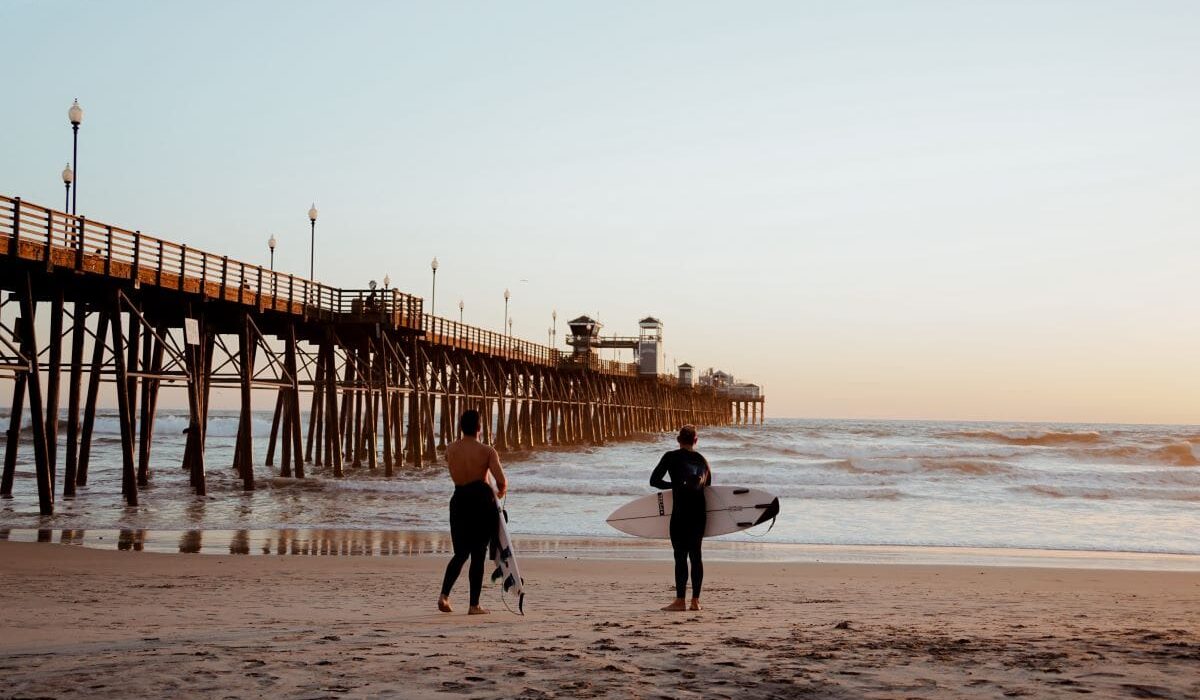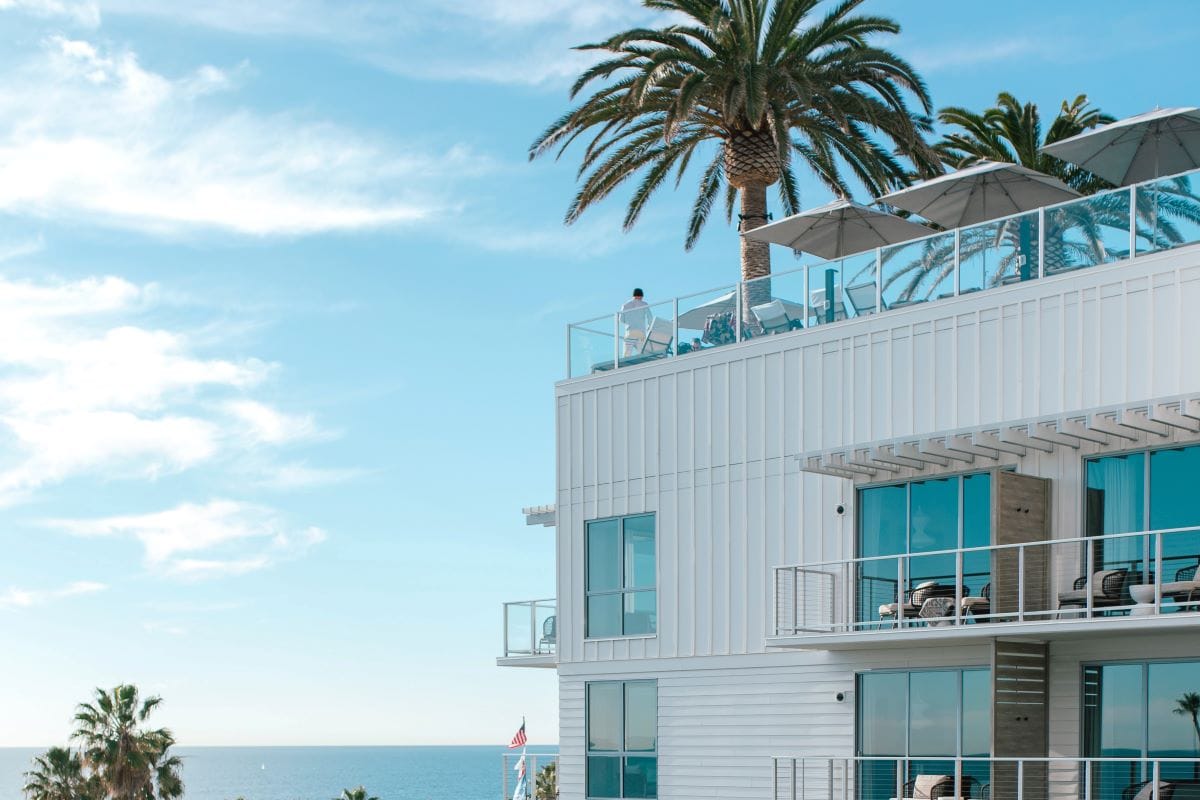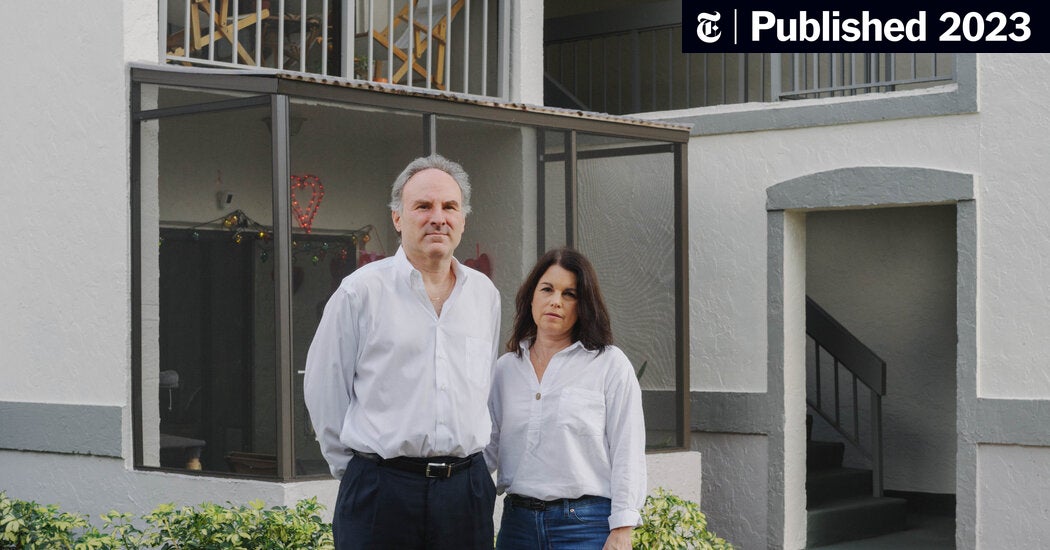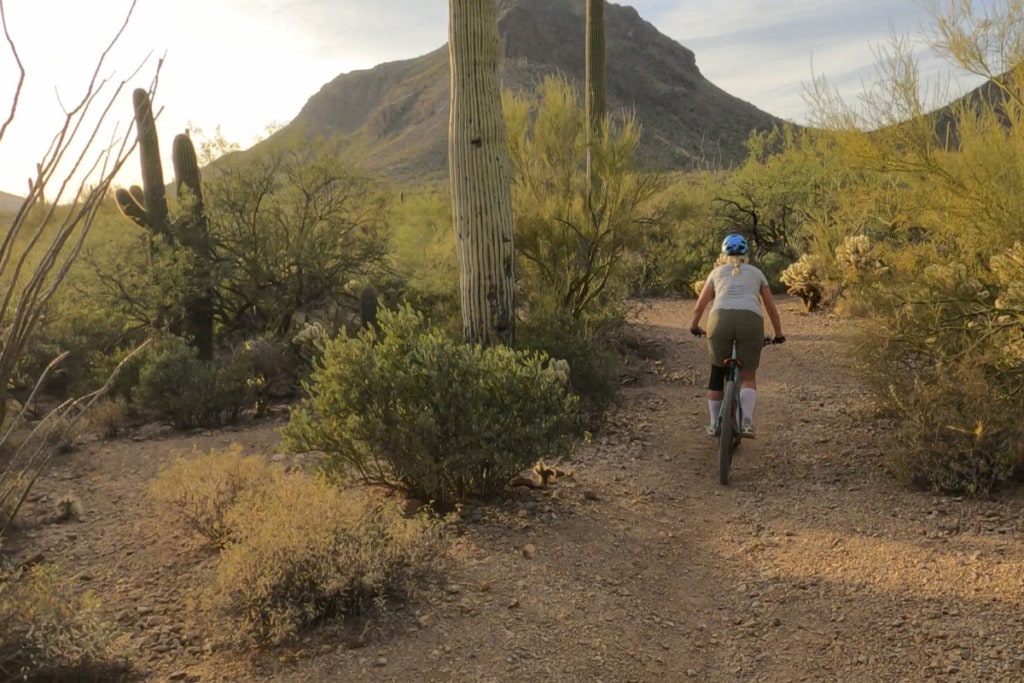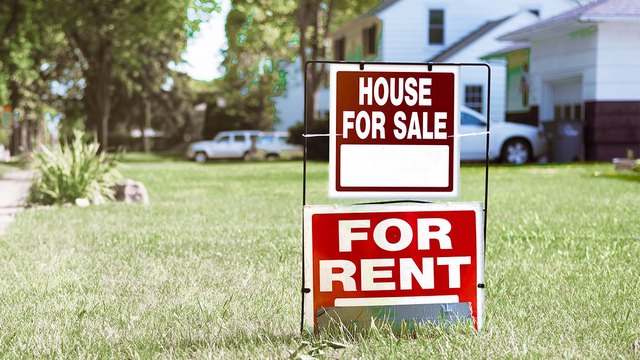This stunning two bedroom apartment in Salemi, Sicily was renovated for the BBC One show “Amanda & Alan’s Italian Job” and is now up for sale.
27 February 2023, Emma Donaldson
Many will be familiar with Italy’s one euro houses, and you may also have seen them hit British TV screens earlier this year, when a duo of celebrities took on the challenge of buying and renovating 2 of Italy’s 1 euro homes in Sicily. But what has become of the property now? Amanda Holden and Alan Carr’s Sicilian flat, purchased for only 1 euro, is now available to buy and is for sale on idealista for just 145,000 euros (around £127,500). We have all the details.
Where in Sicily is Amanda and Alan’s house? The duo, consisting of the 52-year-old Britain’s Got Talent judge and 46-year-old comedian, spent 3 months renovating 2 flats in Salemi, a medieval town located about an hour away from Palermo, the capital of Sicily. The pair recorded the process of merging the 2 flats on their BBC show, Amanda and Alan’s Italian Job, after buying the houses for the symbolic price of 1 euro each.
The British duo transformed the dilapidated house into a stylish holiday home, which could now be yours after being put on the market. Known as “Casa Alamanda”, the property is fully furnished, and home to a spacious lounge, dining room, and kitchen. The apartment has 2 bedrooms and 2 bathrooms and is completed both with air-conditioning and heating, as well as 3 charming balconies each offering picturesque views of the surrounding Italian landscape. But that’s not all – this apartment also comes with a shared, walled courtyard, perfect for al fresco dining or simply enjoying the Mediterranean sunshine.
If you’re looking for the perfect getaway in the heart of Sicily, look no further and check out this wonderful apartment which is now for sale on idealista for 145,000 euros. And if this property wasn’t special enough, all proceeds will be split between Comic Relief and Children in Need.
For more information about 1 euro houses in Italy and how to get your hands on one, check out the Italian villages that are currently selling properties for just 1 euro.

